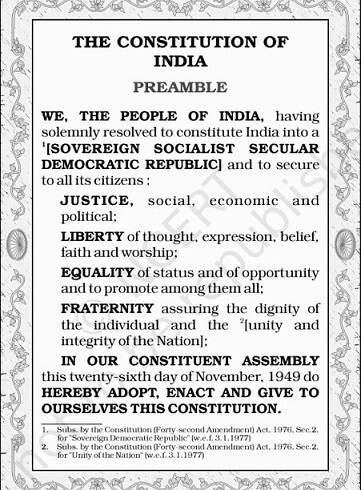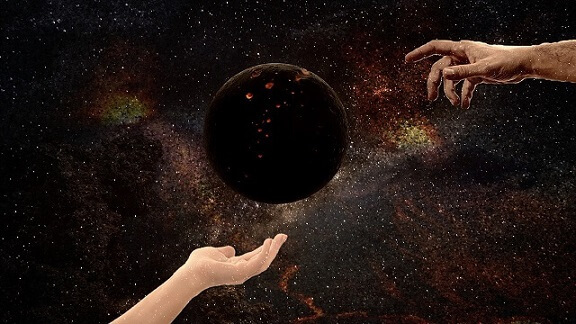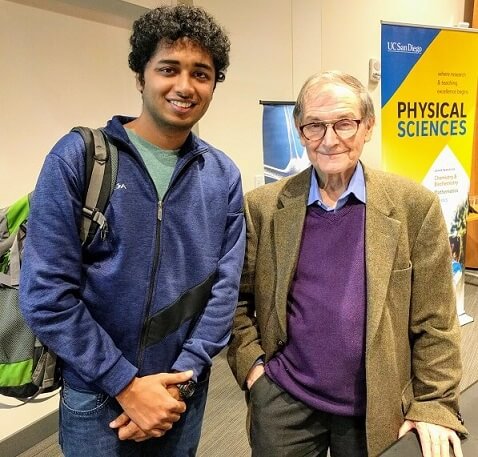In his majestic history of the drafting of the Indian Constitution, The Indian Constitution: Cornerstone of a Nation, historian Granville Austin wrote about its framing that it ‘as perhaps the greatest political venture since that originated in Philadelphia in 1787 [referring to the drafting of the American Constitution].’ It has been seventy years since the Constitution came into effect and looking back at the history of Independent India, we can justifiably feel proud of the document conceived by our founding fathers. In its basic structure and laws, the Constitution is not so very novel as compared to those which came into existence before it across the globe. However, the greatest achievement of the Indian Constitution, unparalleled in any other nation, has been to keep the country together while providing a democratic space in which every sociologically diverse group (ethnic, religious, linguistic, cultural, etc.) could flourish. Much has been written about the Indian Constitution by experts in law and much more will be written in the future. My aim here is to only focus on how the spirit of the law enshrined in the Constitution has democratized to be tangibly felt by all and has been decimated by the political class.
The Constitution of India was drafted by legislators who had been voted to the Assembly in the pre-Independence era through a restricted franchise. In this sense, these legislators did not “represent” the ideas and ideals of all Indians. The document they drafted and adopted for the governance of this mindbogglingly diverse nation included many compromises between different social interests as detailed in Austin’s book. Over time, the document has seeped like blood into the veins of the nation and has taken a similar role for the healthy functioning of the nation’s body. By and large, every thinking citizen of the nation realizes this and the document has become the symbol of equality, liberality, and fraternity.
Whether it be the CAA-NRC protests against the government, the protests against police brutality, or the struggle for the rights of the homosexual community, the Constitution has emerged as the chief symbol of raising one’s voice. For the common man who is struggling in the hope of pursuing justice, perhaps this document drafted by a handful of learned leaders is now even replacing the portraits of those same leaders. This is a testimony of how the Constitution has evolved to represent the hopes and aspirations of the general populace, the hopes and aspirations which the political class could not fulfill in these seven decades. Thanks to this general awareness, it has today become virtually impossible for any political leader of repute to promise justice based on the madness manifesting in a banana republic and not according to the rules and procedures laid by the Constitution.
Another avenue to analyze the democratization of the Indian Constitution (or any other topic for that matter) is to look toward Cinema. Gone are the days when movies used to portray law only in the case of a thief or murderer being prosecuted, or when the plot was about how the eyewitness’s identified criminal is his own mentor, prospective father-in-law, and the judge who presides over the case, however much thrilling (and absurd) it may sound! (yes! see the iconic movie Kanoon (1960) which was also the first-ever Hindi movie without any songs). Now, on the one hand, we have movies like Pink, Mulk, and Thappad which portray the nuances in various laws of the state while on the other hand, movies like Article 15 and Section 375 directly derive their name from different parts of the Constitution. This canonization of the Indian Constitution by Cinema has taken various aspects of the document to the general populace for wider debate.
The other side of the picture is dark though. Even after seven decades from the time the Constitution came into effect, the governments have not only been unable to safeguard the fundamental rights of the citizens but still actively muzzle them. We don’t have to look too far back in time or survey the whole of India to justify the previous statement with examples. The state of Uttar Pradesh (India’s most populous) would do.
Dr. Kafeel Khan had to spend almost nine months in jail under the stringent National Security Act (NSA) for a speech that he delivered at the Aligarh Muslim University (AMU). As the Allahabad High Court mentioned in its order to release him, the charges against Dr. Khan were unfounded and were based on the “selective reading” of the District Magistrate. Because of selective targeting by the government, Dr. Khan had to spend this period in jail amidst the COVID-19 pandemic when not an iota of social distancing could be observed in the prisons. Similarly, take the example of Sanjay Singh, a leader of the Aam Aadmi Party. The Uttar Pradesh Government has filed—out of all crimes—a sedition case against him, a sitting member of the present Parliament of India who had taken the oath of office on the same Constitution. I mean how much nuts could you be to concoct such a charge?
The recent brutal gangrape in Hathras also shows how the same Constitution which empowers the government and the police force to protect us can act most shamefully with impunity. Impunity, this word just also made me remember the Babri Demolition verdict which came out yesterday. Since all accused have been let off after 28 years, we can now safely conclude that all videos of the leaders inciting violence and rogues demolishing the mosque were fake. Perhaps it is time to conclude now that the mosque’s demolition happened due to an earthquake i.e. it was an act of God (whose God would that be I wonder). Recent happenings have shown that relentless attacks are being made in the Hindi heartland of India to decimate the basic spirit of the Indian Constitution.
Who is there to do some navel-gazing in the government when the prime minister of India himself equates those who campaigned for the construction of the temple in Ayodhya with those who struggled for India’s Independence? It is perhaps fit to conclude that according to the ruling dispensation’s ideology, it would have been great if instead of the most admirable Constitution of the world, our founding fathers would have constructed some more grand temples across India. Maybe we can still go back and adopt Manusmriti as the code of law to govern this nation?
P.S.- Even a large section of India’s Civil Service officers, supposedly the epitome of discipline and integrity, often violate the spirit of the Constitution. Article 18 of the Constitution of India states that “No title, not being a military or academic distinction, shall be conferred by the State.” Just go to Twitter and browse through the profiles of our civil “servants” (or if you can then search for the letterheads of these officers), more often than not you may find suffixes such as “IAS”, “IFS”, “IRS”, etc. as titles following the name of the officer.

 A Short Note on the Manifestation of God
A Short Note on the Manifestation of God